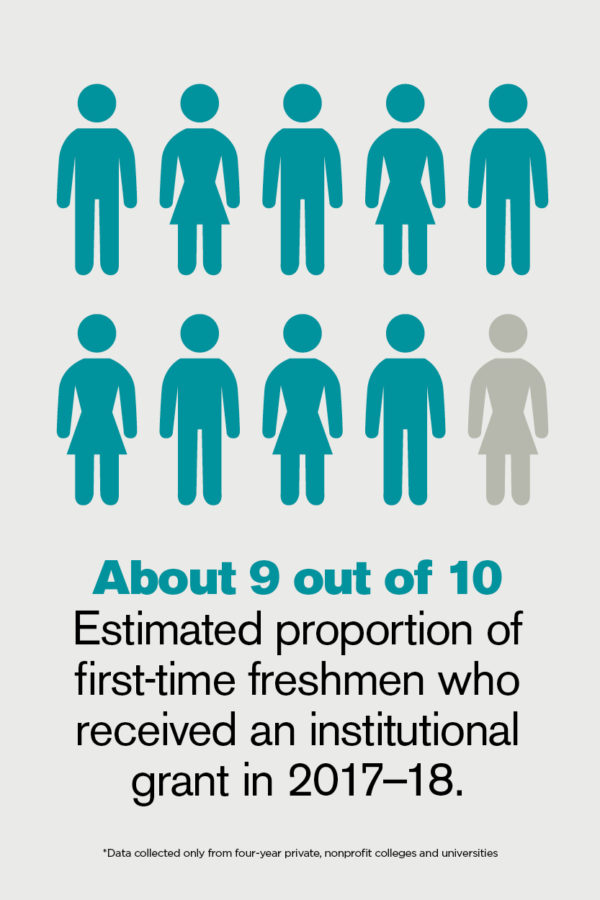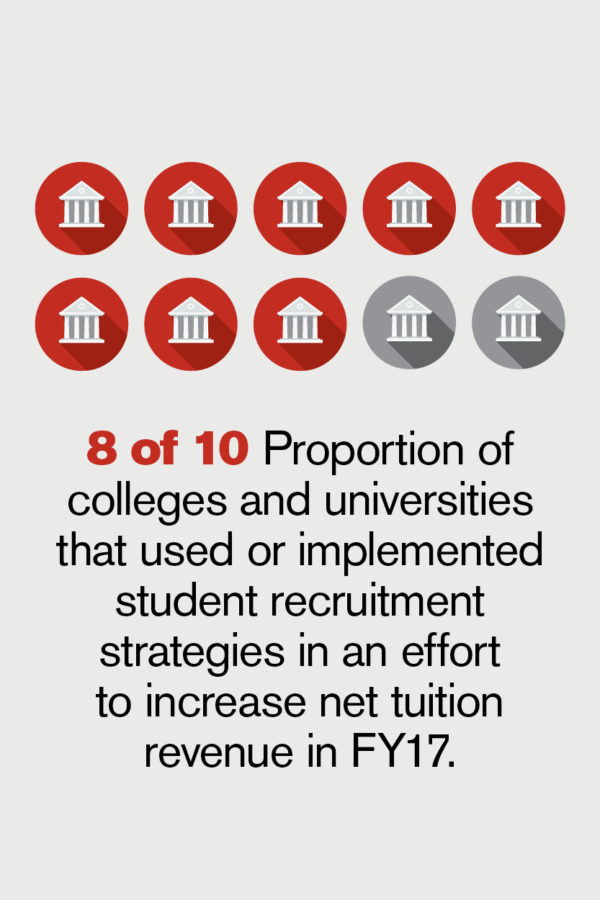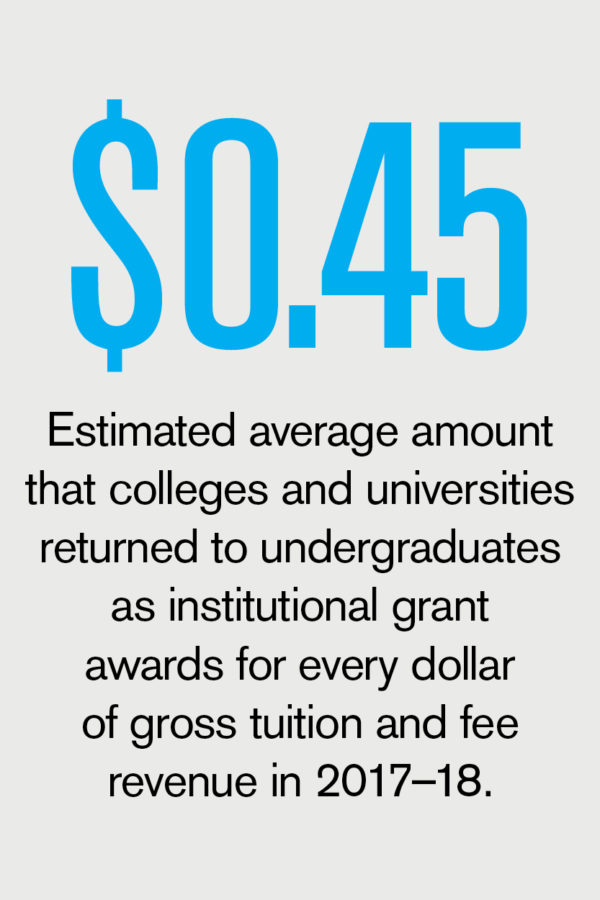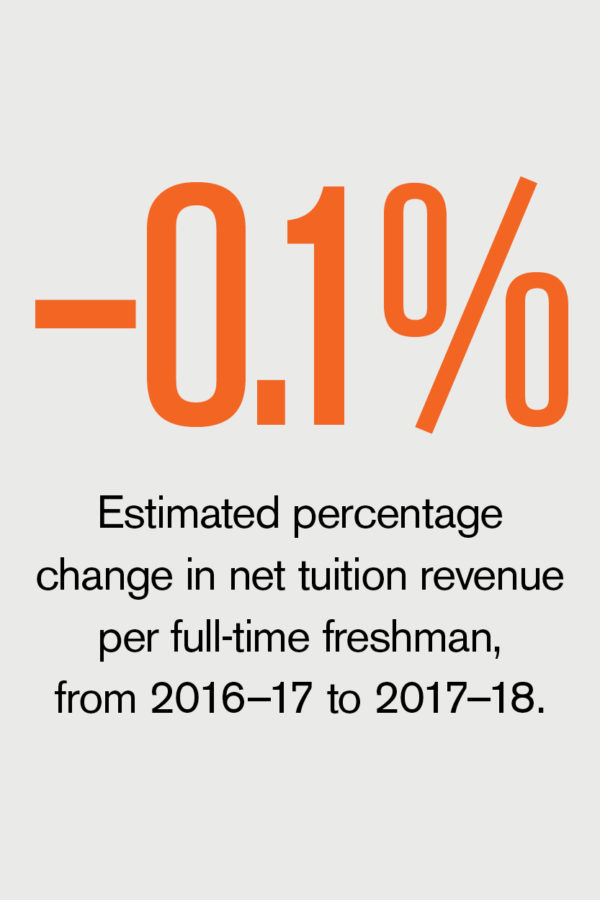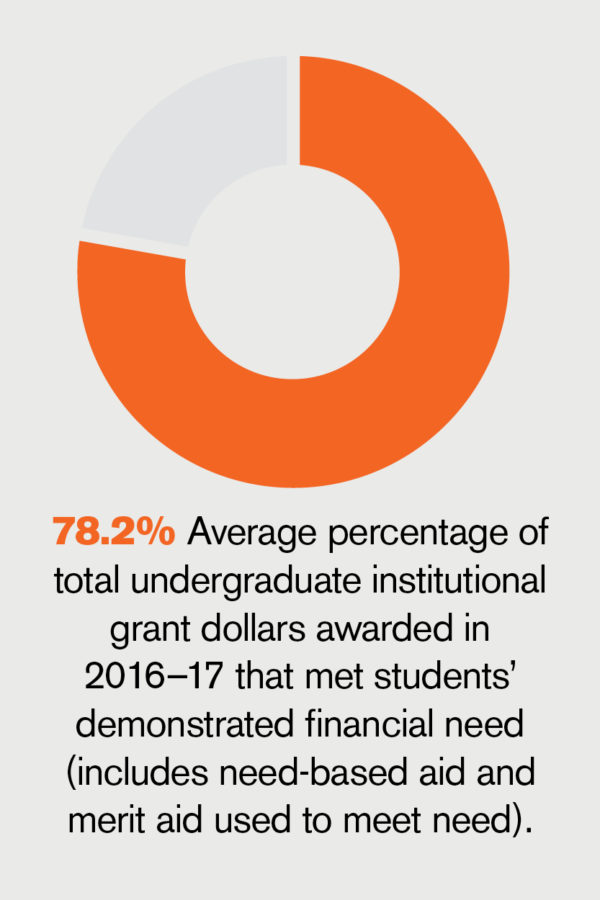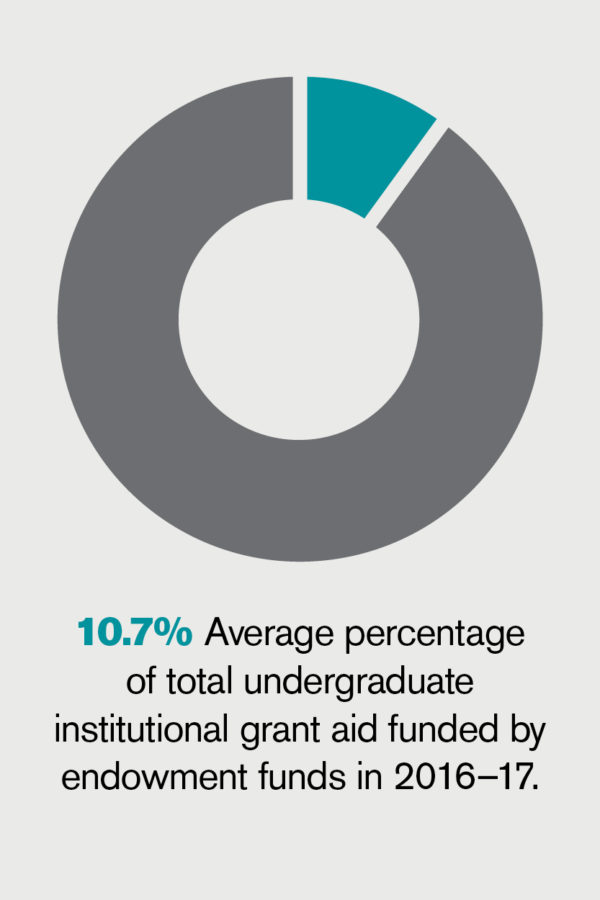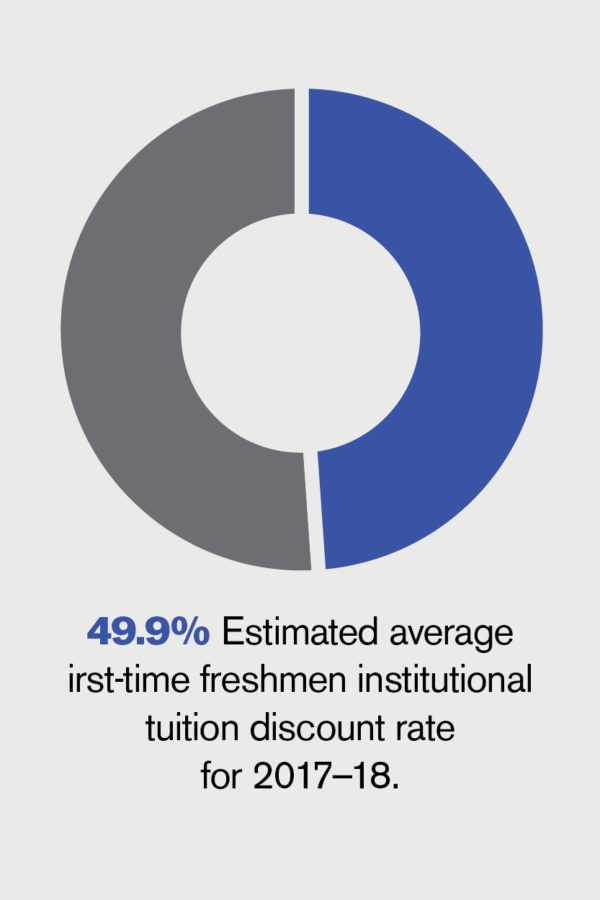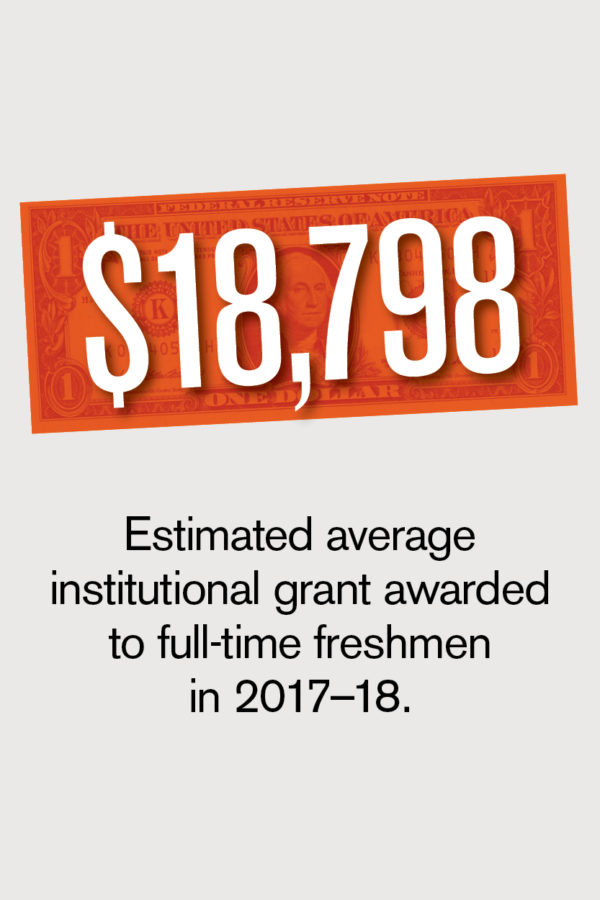Atyia Martin is chief executive officer and founder of All Aces Inc., providing consulting and training on a range of resilience-related concerns, including community engagement, crisis and emergency management, racial equity, and mental health and trauma support. Until January 2017, Martin had served as the first chief resilience officer for the city of Boston, working within the mayor’s Office of Resilience and Racial Equity.
In addition to disaster preparedness issues, Martin’s work with the city entailed pinpointing connections among the systemic challenges that make cities vulnerable—racial tensions, drug abuse, unemployment, and lack of affordable housing, among many more. She oversaw development and implementation of a comprehensive resilience strategy for Boston, which includes a strong emphasis on social and economic resilience.
Part of Martin’s role in that effort was to foster a citywide dialogue to build the collective capacity for change, with an emphasis on partnership building and meeting the needs of poor and at-risk communities. That process for developing the city’s resilience strategy engaged more than 11,000 people.
From the beginning and throughout the process, Boston’s higher education institutions have been a strong partner, both in terms of participation in working groups and providing technical expertise in research and evaluation for appropriate targets to set and how to measure progress, notes Martin. This has included helping other city stakeholders build capacity for conducting grassroots research and data collection and how to analyze results and develop conclusions. (For more details on resilience work that colleges and universities are doing in collaboration with their communities, see “Joining Forces,” in February 2018 Business Officer.)
What amazed Martin was the amount of energy exuding from participants and the extent to which they were already able to frame concepts of resilience in ways that recognized potential threats—as if they had been waiting for an opportunity to share their ideas, says Martin. “Pulling back from the silos we used that have typically focused on emergency response, to considering recurring patterns of who tends to suffer most both in daily life and in the aftermath of a disaster, was huge and helped provide a shared framework for how to move forward,” says Martin.
Find and Fill the Gaps
Pursuing resilience on a citywide scale requires honest assessment when it comes to identifying and prioritizing your biggest challenges.
- Setting priorities. The work being done in Boston is in line with Mayor Marty Walsh’s priorities to advance and embed racial equity and social cohesion into the city’s economic, social, and environmental infrastructure of resiliency, says Martin. “That means constantly looking at the potential impacts of policies, programs, and initiatives—in terms of who is harmed—to figure out ways to prevent or mitigate those real and potential negative impacts.”
- A practical example. Martin cites Boston’s public works department and how city sidewalks get fixed. “This may seem like a neutral issue, but, in reality, when we reviewed where sidewalks have been fixed in our city, historically it has been mostly in high-resourced neighborhoods.” It’s a classic ‘squeaky wheel’ syndrome, notes Martin, reflective of the fact that the calls to the city’s 311 line to report cracked sidewalks tended to originate from more affluent neighborhoods. “This doesn’t suggest action is intentionally stacked against a particular population, but when you aren’t paying attention to where your greatest needs exist, you can unintentionally reinforce inequity,” explains Martin. Long-standing practices and policies in any city can carry an unintentional bias, she adds.
- A workable solution. In this instance, the city revisited its approach, with public works employees taking more proactive measures to identify the biggest problems and fix those in priority order, so that the whole process is more predictable. “Now people should only need to call for something extreme like a snowblade breaking a sidewalk,” says Martin. The new process is also more efficient because problems are resolved before major repairs are needed, she adds. This seemingly simple fix is indicative of the systematic approach Boston is now taking to address the inequities that may be present related to the availability of city services, says Martin.
Make Resilience Habitual
Another example of enhancing equity in city services stems from a much more serious set of circumstances. No city wants firsthand experience dealing with a terrorist event, but the reality today is that all communities must prepare for one. Before Martin’s appointment as Boston’s chief resilience officer, she was director of the office of public health and preparedness at the Boston Public Health Commission, a role she held at the time of the Boston Marathon bombing in April 2013. That tragic day in Boston’s history is still providing lessons about resilience for the city’s inhabitants, says Martin.
On that day, the quick and coordinated actions taken by first responders, law enforcement, emergency managers, hospital personnel, and good Samaritans along the race route were all the city could have hoped for in the midst of such a tragedy. The weeks following likewise provided numerous lessons about the importance of making resilience habitual, says Martin.
- Rally mental health resources. Chief among those lessons is the importance of a robust mental health support system. Emotional recovery efforts for survivors and family members and for city residents traumatized by the event were every bit as important as restoring routine business operations to daily life, says Martin. But, the aftermath of the event also revealed a gap in normal routine daily life with regard to the city’s public health support system. “With the bombing, all these resources were coming in to support survivors. Yet, two months after the bombing, we had 50 separate shootings across various parts of the city,” says Martin. “We couldn’t escape the comparison of the resources expended for victims of the bombing versus victims in the neighborhoods where these shootings had taken place, and this created a lot of frustration within some of our communities that were literally crying out for help,” says Martin.
That scenario presented city officials with the need to rethink its public health response system, especially with regard to trauma response. In one instance, within two weeks after the marathon bombing, one of the neighborhood shootings occurred outside a dialysis center, disrupting operations. “While a typical approach might not entail calling in the full force of emergency response for a single shooting incident, we realized that for those individuals directly involved, that incident can be as traumatic as a large-scale terrorist attack,” says Martin.
As a result, Boston has reshaped the city’s trauma response program to leverage the same kind of coordinated response infrastructure surrounding mental health for day-to-day situations that it would activate for a large-scale event. “This evolution in support of all communities around trauma response not only keeps the city in practice from an emergency response standpoint, but it also sends a clear message about equal treatment across neighborhoods,” says Martin.
- Build on an existing base. Another important lesson notes Martin, is the number of resilience initiatives for which the city already has funding or has partners who are reconfiguring what they’re doing to work more effectively. A community can identify tangible examples of where work is already being done—like with Boston’s mental health response or research at nearby colleges and universities—so that it isn’t starting everything from scratch, argues Martin. “Tap into the folks who are already doing work on an issue and who are willing to try some different approaches that include cross-collaboration,” says Martin. “In many cases, specific initiatives haven’t required new resources, but rather, new ways of working, bringing different stakeholders together to pool collective efforts to provide new opportunities.”
Boston is the first city in the 100 Resilient Cities network that has embedded racial equity and confronting racism in direct relationship to its understanding of resilience, says Atyia Martin, Boston’s former and first chief resilience officer. “Our belief is that we can’t call ourselves resilient if as part of our practice we are not looking at how everyone has equal access to the opportunities and services within our city.”
SUBMITTED BY Karla Hignite, a contributing editor to Business Officer.






